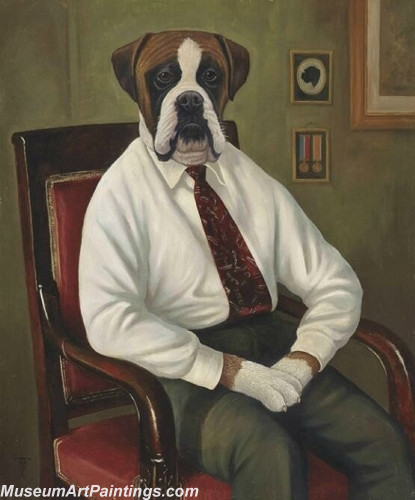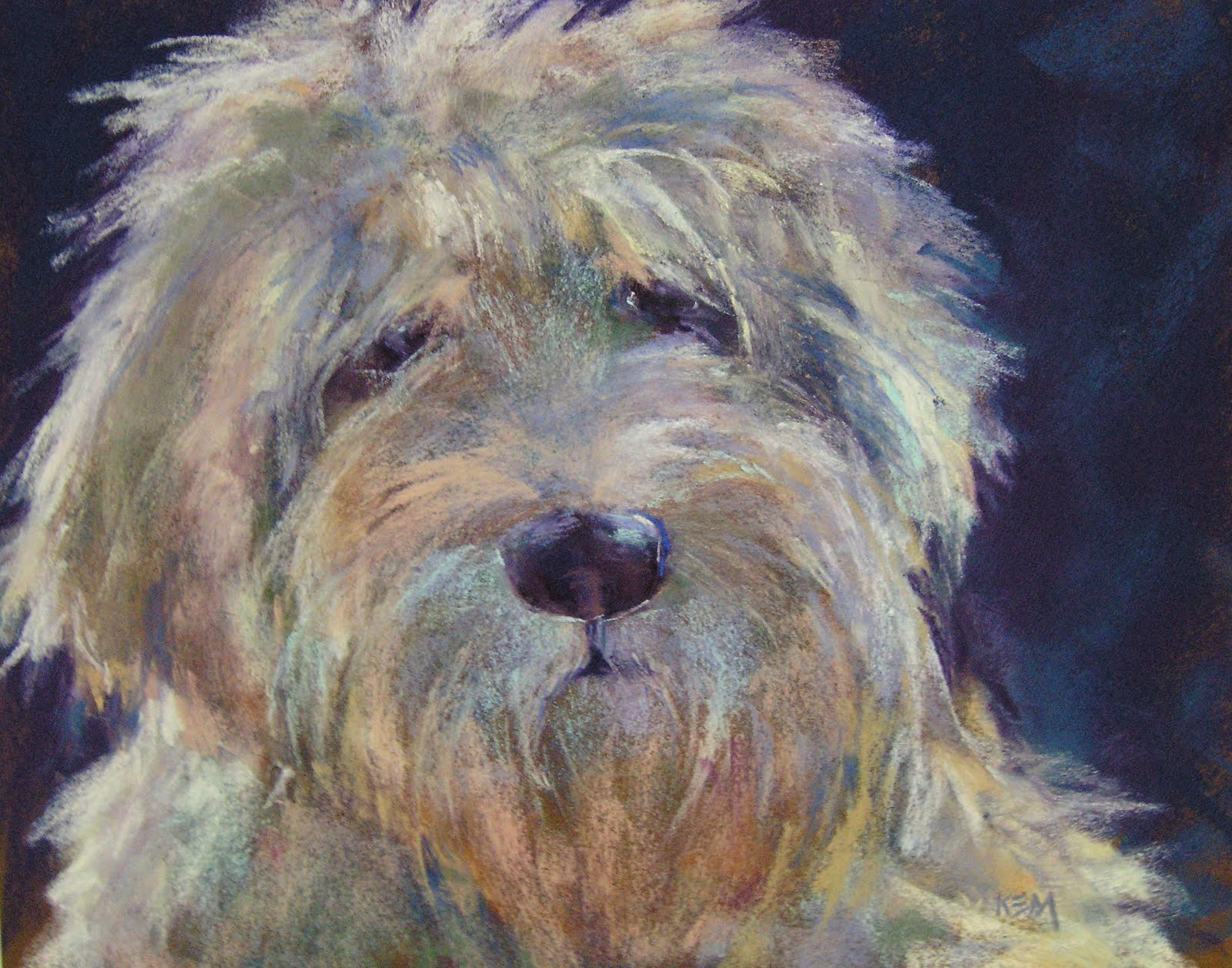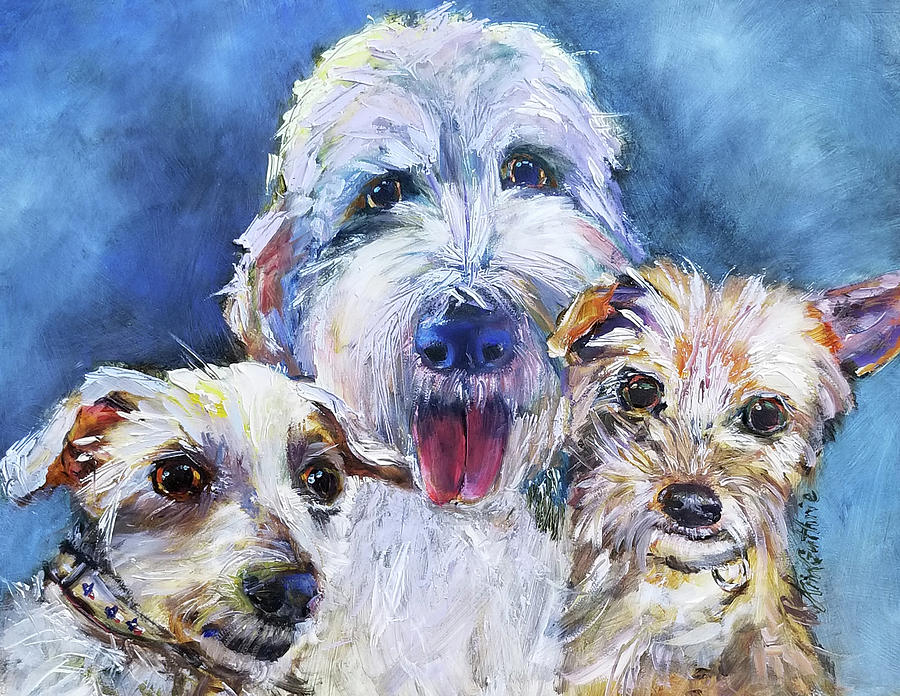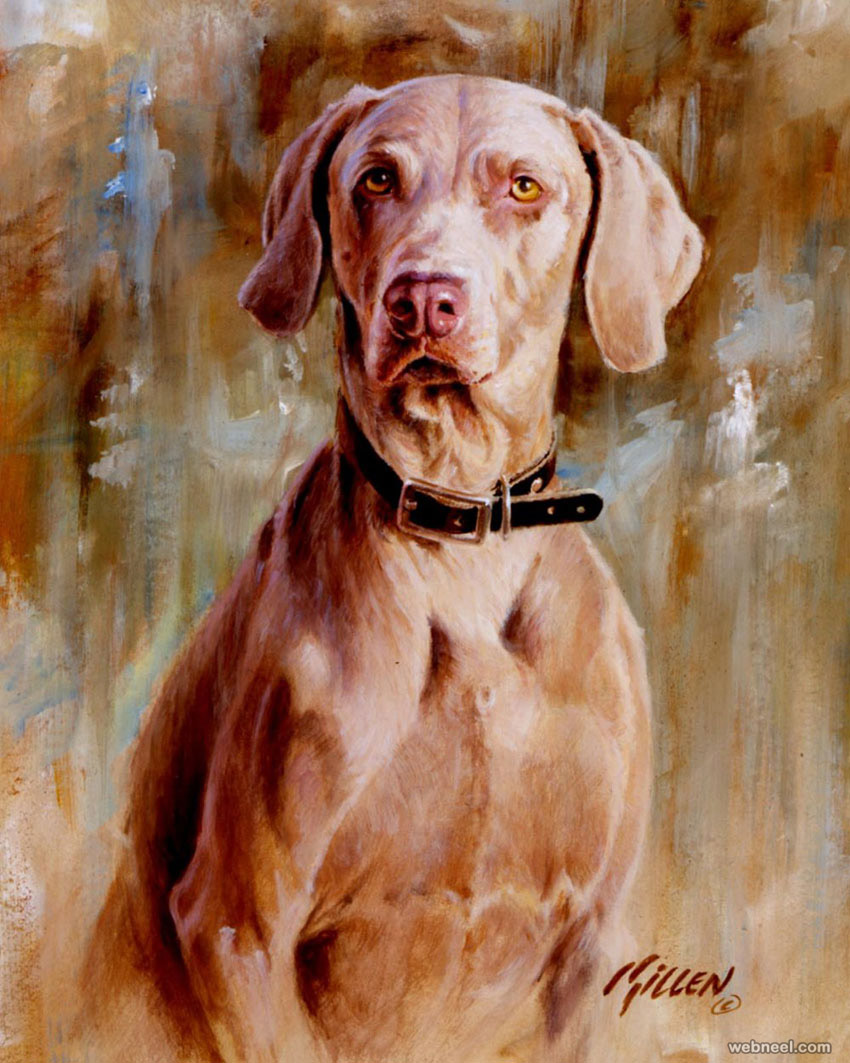
Part of a set of four, the tiles were possibly originally used on a church floor. Three encaustic tiles dating from the 15th century feature a white hound, the Talbot crest and the inscription "Sir John Talbot" (the 1st Earl of Shrewsbury). Dogs of various types, and occasionally of specific breeds, occur as charges and supporters in many coats of arms, and often symbolise courage, vigilance, loyalty and fidelity. In the late Middle Ages and the Renaissance, heraldry became a highly developed discipline. Hunting scenes Ĭoat of arms of the former Finnish municipality TottijärviĪs the aristocracy often used hunting dogs, dogs were shown as symbols in heraldry. ĭuring the Middle Ages, images of dogs were often carved on tombstones to represent the deceased's feudal loyalty or marital fidelity. Many wealthy women in the court had lap dogs as companions, reflecting wealth or social status. The dog could also be simply a lap dog, a gift from husband to wife.

Unlike the couple, the dog looks out to meet the gaze of the viewer. The little dog symbolizes faithfulness, devotion or loyalty, or can be seen as an emblem of lust, signifying the couple's desire to have a child. An oil painting on oak panel dated 1434 by the Early Netherlandish painter Jan van Eyck, it is a small full-length double portrait, which is believed to represent the Italian merchant Giovanni di Nicolao Arnolfini and his wife, presumably in their home in the Flemish city of Bruges. Īn example of a dog representing marital fidelity is present in Jan van Eyck's Arnolfini Portrait. If the portrait is of a widow, a dog can represent her continuing faithfulness to the memory of her late husband. In a portrait of a married couple, a dog placed in a woman's lap or at her feet can represent marital fidelity. A dog, when included in an allegorical painting, portrays the attribute of fidelity personified. Generally, dogs symbolize faith and loyalty. Jan van Eyck's The Arnolfini Wedding (1434). Large dogs were used in war by the Roman army, arranged in attack formation, or for wolf-hunting on horseback, which was a popular sport. Greyhounds were often represented as sculptures. The ancient Romans kept three types of dogs: hunting dogs, especially sighthounds Molossus dogs like the Neapolitan Mastiff, often depicted in reliefs and mosaics with the words "Cave Canem" and small companion dogs like the Maltese, used as women's lap dogs. This theme has been often depicted in ancient Greek vases. Homer's Odyssey tells the story of Odysseus, who raised a dog called Argos, and who was the only one that recognized him when he returned home after his travels, disguised to conceal his appearance. Dogs were appreciated by the Greeks for their faith and love. Dogs were given as gifts among lovers and kept as pets, guardians, and for hunting. The Ancient Greeks and Romans, contrary to the Semitic cultures, favored dogs as pets, valuing them for their faithfulness and courage they were often seen on Greek and Roman reliefs and ceramics as symbols of fidelity. Rock art of Tassili n'Ajjer also include depictions that are highly suggestive of dogs. One of the prehistoric paintings estimated to be 9,000 years old found at the Bhimbetka rock shelters in India depict a dog held on a leash by a man. There are illustrations of dogs on the walls of tombs dating back to the Bronze Age, as well as statues, children's toys, and ceramics depicting dogs. Only the nobility were allowed to keep hunting dogs, and this would signal status.ĭog portraits became increasingly popular in the 18th century, and the establishment of The Kennel Club in the United Kingdom of Great Britain and Ireland in 1873, and the American Kennel Club in 1884 introduced breed standards or 'word pictures', which further encouraged the popularity of dog portraiture.Ĭourt ladies playing with a small dog, Beauties Wearing Flowers by Tang dynasty painter Zhou Fang Hunting dogs were generally connected to the aristocracy. They were cherished as part of the family, and were regarded highly by the upper classes, who used them for hunting and could afford to feed them.


The dogs were brought to houses and were allowed to live in the house. Throughout art history, mainly in Western art, there is an overwhelming presence of dogs as status symbols and pets in painting. Īs dogs became more domesticated, they were shown as companion animals, often painted sitting on a lady's lap. Dogs were depicted to symbolize guidance, protection, loyalty, fidelity, faithfulness, alertness, and love. Hunting scenes were popular in the Middle Ages and the Renaissance.

After the hunt, 1870, by David Neal (1838–1915)Ĭultural depictions of dogs in art has become more elaborate as individual breeds evolved and the relationships between human and canine developed.


 0 kommentar(er)
0 kommentar(er)
